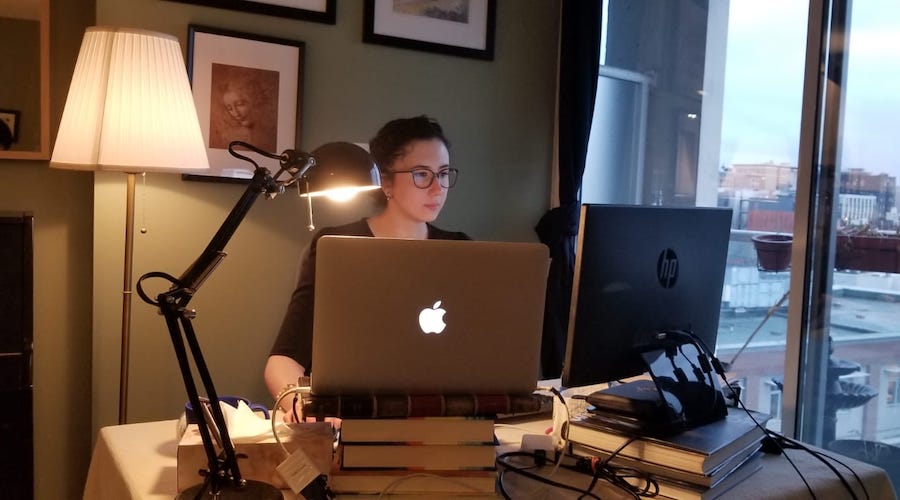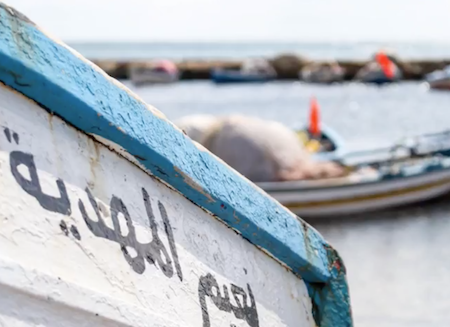In the midst of the covid-19 pandemic, Myriam Khalfallah defended her PhD dissertation titled Data-poor Fisheries: Case studies from the Southern Mediterranean and the Arabian peninsula.
Despite having to present from her living room via a videoconferencing system to comply with the physical distancing measures imposed by the B.C. health authorities, Khalfallah obtained unanimous approval for her thesis.
Under the supervision of the Sea Around Us principal investigator, Daniel Pauly, Khalfallah assessed the health of fisheries of countries in the Southern Mediterranean and the Arabian Peninsula.
Khalfallah acknowledged the financial limitations experienced by countries such as Tunisia, where she comes from, which prevent them from carrying out stock assessments using classical methods that demand hard-to-acquire data. Thus, she decided to use newly developed techniques that are based on the quantity and species composition of fish caught in every country.
First, Khalfallah performed or updated catch reconstructions for Morocco, Algeria, Tunisia, Libya, Palestine, Jordan, Syria, Lebanon, Saudi-Arabia, Yemen, Oman, UAE, Kuwait, Bahrain, Iraq, and Qatar from 1950 to 2015, and from 1917 to 2017 in the case of Egypt. These reconstructions improve landing statistics submitted by the Food and Agriculture Organization of the United Nations on behalf of member countries by complementing them with the best estimates of catches of overlooked sectors such as artisanal, subsistence, and recreational fisheries, as well as discards.
After performing these reconstructions, Khalfallah combined the information she obtained with indicators such as the ‘Marine Trophic Index’ and with the ‘CMSY’ stock assessment method. Using the latter, she evaluated the health of 10 fish stocks commercially important in her study region.
“The idea is to provide decision-makers with alternative, but equally reliable tools for better fisheries management and more effective marine conservation strategies,” Khalfallah said.
The next steps for Khalfallah will be publishing her findings in peer-reviewed journals and sharing her research data and skills with the Sea Around Us team, which she has joined as a postdoctoral fellow.




